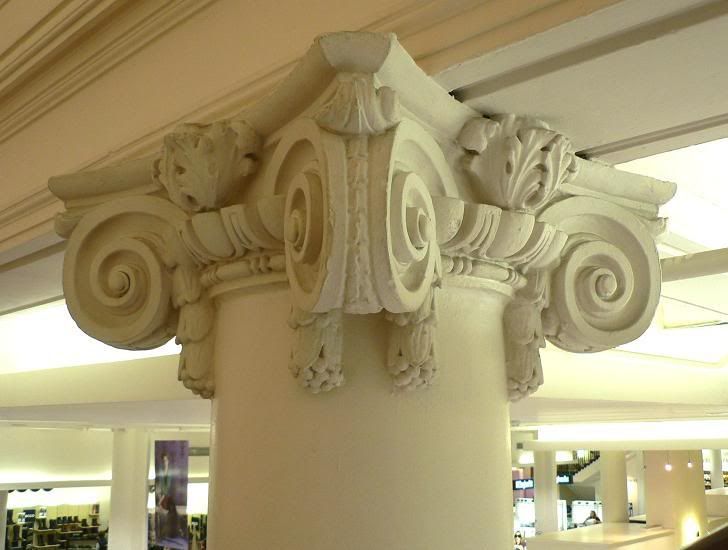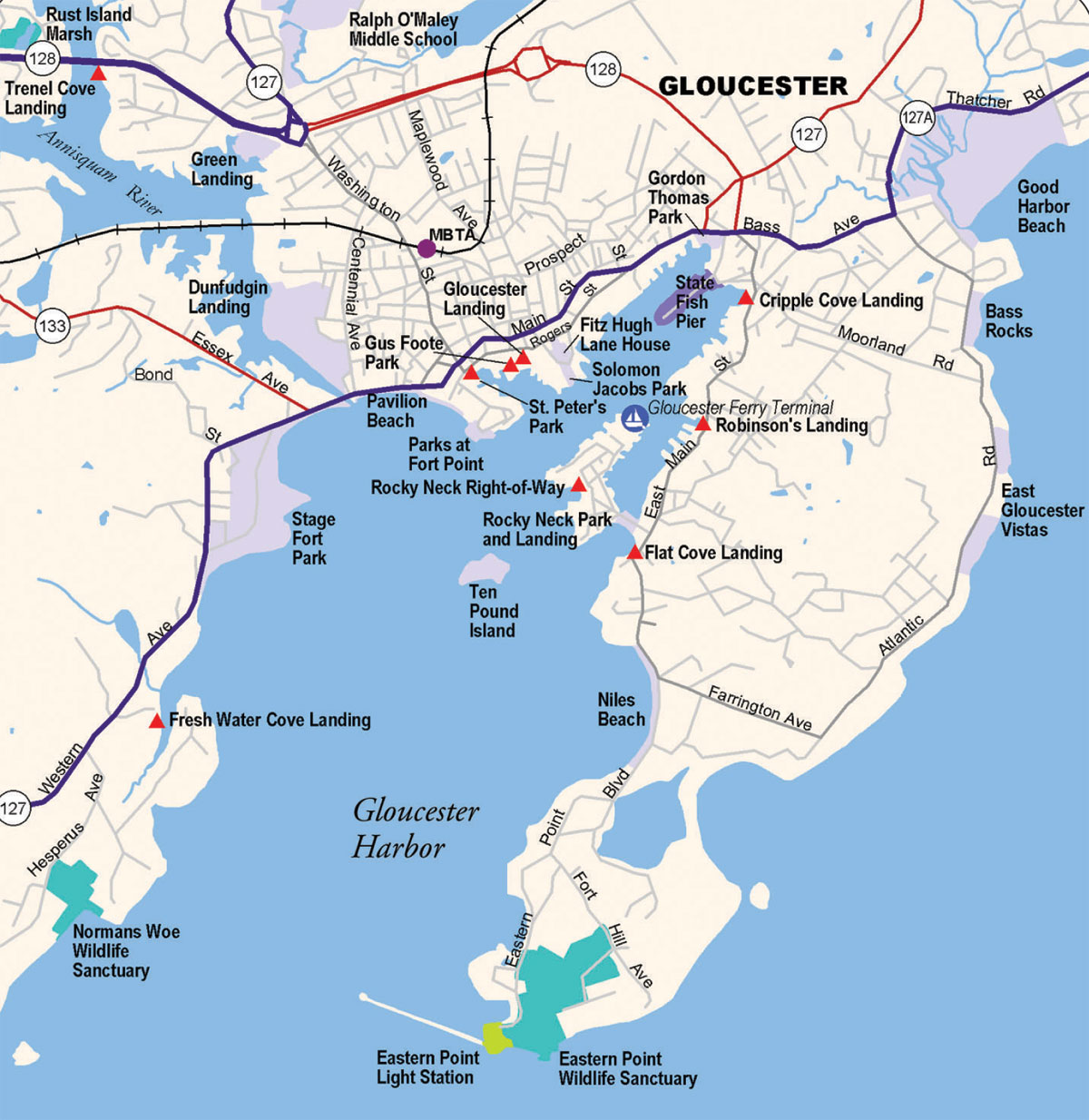According to an article appropriately named "Deforestation, Mosquitoes and Ancient Rome," reasons for the increase of malarial diseases throughout the world can be compared to a similar phenomenon that occurred in Ancient Rome. It seems that deforestation had many ramifications that began of course with the more frequent flooding of the Tiber river on which the city of Rome was built. The water table rose quite high and thus caused a multitude of insectborrne as well as waterborne diseases to appear in the area. As a result, it seems that in modern-day society, we have simply repeated history and continued to deforest without understanding the insect-borne ramifications (i.e malaria and similar diseases) that come along with this phenomenon. Outcomes of this ancient world activity includes things such as a decrease in animal population, an increase in insect population, flooding, erosion and swamping.
The archaeology behind this paper refers to the discovery of remains in near necropolis as well as the search of ancient Roman funerary records. Studies of the water table in different parts of Italy also suggest that archaeological digs would have had to be performed in order to have a clear understanding of how much the water had increased in that time.
One of the primary sources mentioned in the article is named Pliny the elder as well as his nephew of the same name. Pliny the Elder was an author, a naturalist and a nature philosopher. He spent much time studying and writing about natural phenomenon that occurred throughout his treks across Rome. His most famous work was his book Naturalis Historia which became the model for many modern-day encyclopedias. The article mentions his writings to state that much of the flooding that occurred due to deforestation happened in the city itself. His nephew confirms this by stating that one would hit water almost anywhere they would dig on his Laurentum Estate.
Friday, February 28, 2014
Wednesday, February 26, 2014
Columns of the Ancient World in Modern Society
 |
| Bank of Montreal |

The final type of column is the Corinthian column based on the acanthus leaf of Corinth's famous plant. The ornate and beautiful column can be found on the exterior of the Sun Life building in Downtown Montreal.
Film Inaccuracies of Ancient History
There seem to be many issues with Alexander, most of which do not even pertain to the historical aspects of the film but just the general development of it. However, we are focussing more specifically on the historical aspects of the film that did not exactly meet the true history of Alexander the Great. Some examples include Roxane's portrayal in the film as a sexually frustrated woman when in fact she was said to be quite passive likely to have been a very good wife and mother who often played the role of the woman without complaint. Another slight detail overlooked by Stone in the making of this film was the incorporation of the famous Lighthouse in Alexandria during the reign of Ptolemy. However, this is not the case. It seems the lighthouse was created by Ptolemy's successor Philadelphos. There are other smaller issues such as the landscape of the battle between Alexander and Porus being a jungle as oppose to the historically accurate flat banks of the Hydaspes river, but it seems that little of the known facts about alexander were portrayed with true historical accuracy.
There are some positive aspects. Many of the buildings in the film were surprisingly accurate and in some ways paying very close attention to detail, more so than needed. It seems that the sets of Babylon are very precise to those of historical accounts and they reflect clearly that the designers had done their research well. Though little is known of the interior of the Macedonian Royal Palace, through the aid of the ruins of the structure, the designers were able to build a well guessed version of the palace.
Another movie wrought with historical inaccuracies is the movie 300. Much of the movie was just ridiculously inaccurate including Leonidas' belief that he could defeat an army of 100,000 with his 300 men. However, more importantly, we look at the warriors' battle gear. It seems the filmmakers wished for the Spartans to battle quite lightly as they had no chest-plate and only had on a helmet, cape, shield, greaves and weapons. Clearly, no true warrior would be that senseless to take on a battle with no armour.
Finally, Tomb Raider's The Cradle of Life is another highly fictional archeological / historical movie based in Santorini, Greece (at least for the part we are looking at). The scene is the opening scene of the movie where an earthquake strikes. This is highly inaccurate in that Santorini did not have earthquakes at that time and surely none that could cause a whole temple to emerge from underwater. More importantly, it would be impossible to dive in Greek waters and most definitely illegal to take anything from them if diving were even the case. However, it seems that that would not make a very interesting story so the show must go on.
The temple is another factor to be looked at. A temple of that shape could not be built by Alexander the Great as it was unlikely that he would use anything but the classic Doric column shape. This makes the idea of Alexander the Great having built such a temple impossible. This is something more like to be the case:
 |
| Ruins of the Macedonian Royal Palace at Pella |
 |
| Potential design of the palace based on the ruins |
Another movie wrought with historical inaccuracies is the movie 300. Much of the movie was just ridiculously inaccurate including Leonidas' belief that he could defeat an army of 100,000 with his 300 men. However, more importantly, we look at the warriors' battle gear. It seems the filmmakers wished for the Spartans to battle quite lightly as they had no chest-plate and only had on a helmet, cape, shield, greaves and weapons. Clearly, no true warrior would be that senseless to take on a battle with no armour.
Finally, Tomb Raider's The Cradle of Life is another highly fictional archeological / historical movie based in Santorini, Greece (at least for the part we are looking at). The scene is the opening scene of the movie where an earthquake strikes. This is highly inaccurate in that Santorini did not have earthquakes at that time and surely none that could cause a whole temple to emerge from underwater. More importantly, it would be impossible to dive in Greek waters and most definitely illegal to take anything from them if diving were even the case. However, it seems that that would not make a very interesting story so the show must go on.
The temple is another factor to be looked at. A temple of that shape could not be built by Alexander the Great as it was unlikely that he would use anything but the classic Doric column shape. This makes the idea of Alexander the Great having built such a temple impossible. This is something more like to be the case:

Wednesday, February 19, 2014
Ancient Argive Temples
This blog is set in the time of the Archaic Period, a period that had just begun in 750 BCE, following the the classical "Dark Age." At this time, it seems there may have been a sharp incline in population as there seems to be an increased number of graves and grave sites throughout the Greek Peloponnese. The Archaic period also gave rise to the "polis" (which means city/town) and increasing precise territorial boundaries. As a result, with the increase of territorial boundaries came the creation of the tomb cult as a need to mark and allow land ownership. With the development of polises and tomb cult, there came the creation and development of the extra-urban sanctuaries especially along the Argive Polis. These temples (especially one dedicated to Hera) are the ones that will be looked at today.
 |
| The Heraion Argive Temple (a temple dedicated to Hera) |
Vocabulary
Temenos: A piece of land divided from the common people's land that assigned to the worshipping of a god or to a king.
Monday, February 17, 2014
| A map of the Carthaginian Empire. Carthage is located in the purple section closest to Sicily. |
1) I believe what the author means by the construction of "Historical Narratives" is the reference to literature that refers to different periods in Roman history. The historical narrative in this case refers to the Roman invasion of England, specifically a town called Gloucester, where a fortress was later set up.
 |
| Gloucester Roman Map |
 |
| Modern Day Gloucester Map |
Tacitus was a Roman senator and historian of the Roman Empire. The surviving portions of two of his major works, Annals and the Histories, speak of the reign of Roman emperor Claudius, Tiberius and Nero. In Annals he speaks of the campaigns of the second governor of Roman Britain, Ostorius Scapula, chasing after the rebel British leader.
Case Study 2: Religion in Roman North Africa
The area being discussed in this particular passage is Carthage, a North African city located in modern-day Tunisia.
Some of the gods discussed in this passage include:
Saturn: The Roman god of wealth and agriculture. Carthaginians may have referred to a similar god by the name of Ba'al.
Tanit: A Carthaginian god usually equated to Caelestis, the Roman god of the sun who often was capable of taking a thousand forms.
Venus: Roman god of Love.
Two of the ancient authors who are discussed in the textbook are Apuleius and Quodvultdeus. They are said to have discussed the history and the evolution of the deities and their temples in Carthage. One reference made on page 82 by Quodvultdeus suggests that Caelestis may have been a more relevant and idolized god than Tanit, though Tanit was the principla god of Carthage.
Subscribe to:
Comments (Atom)
